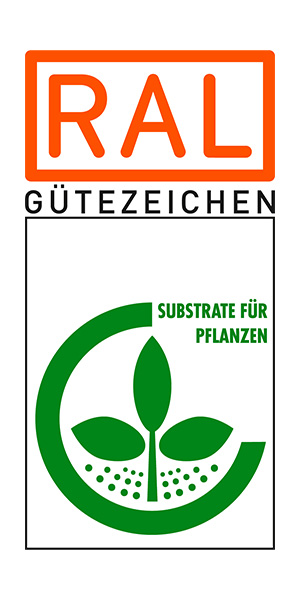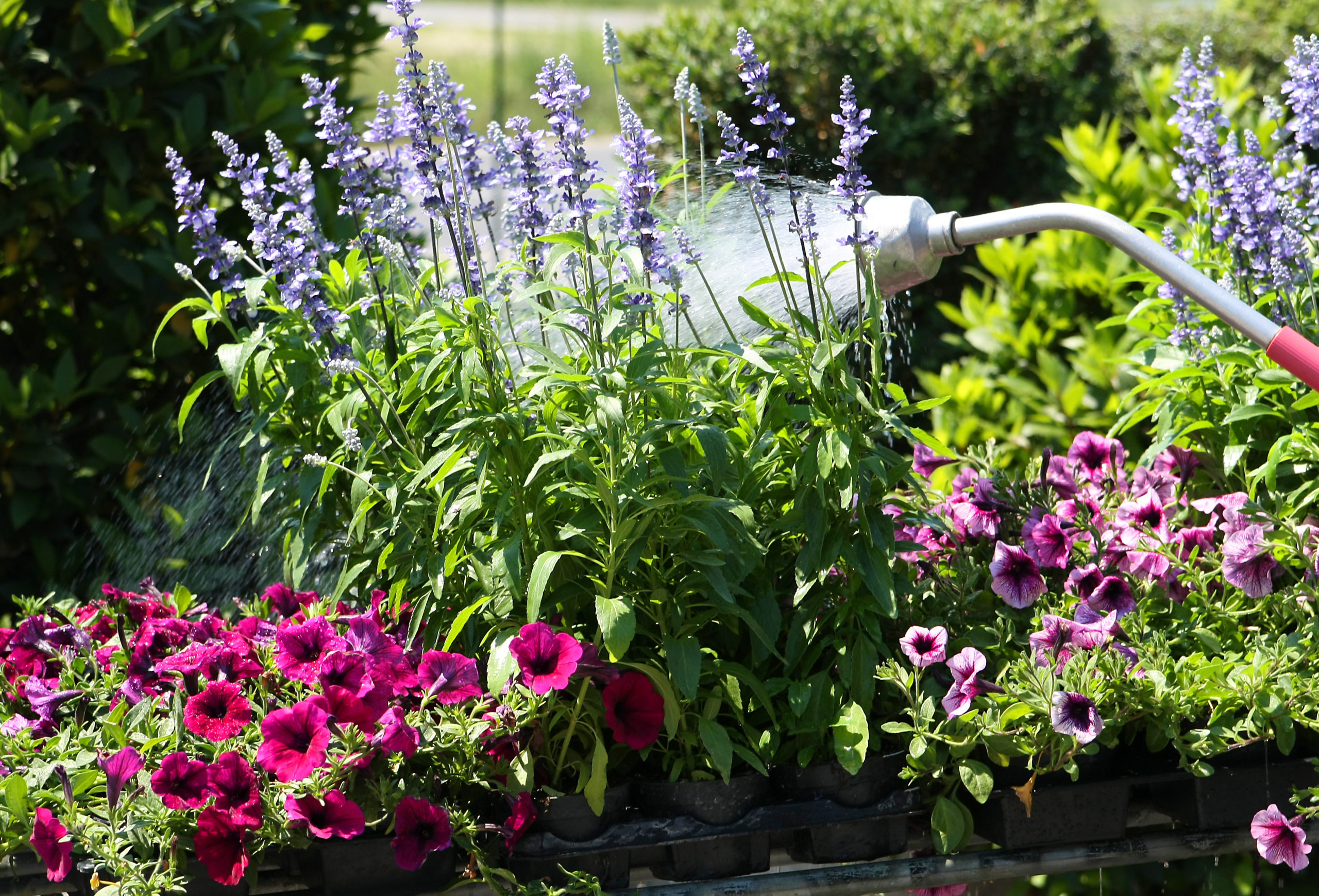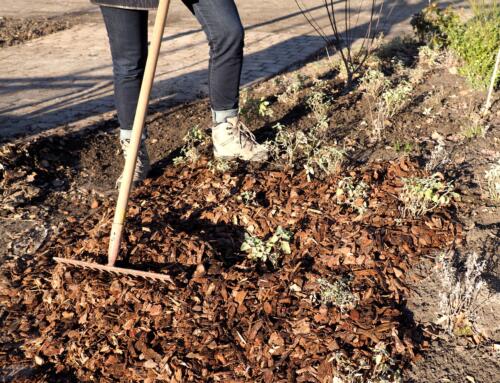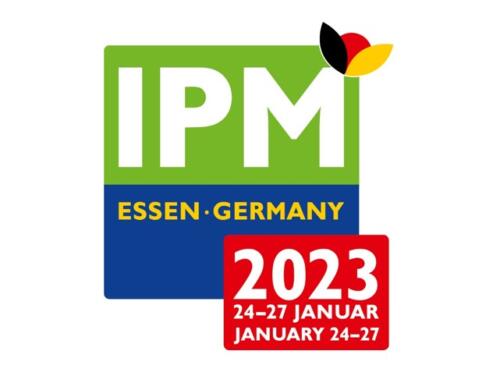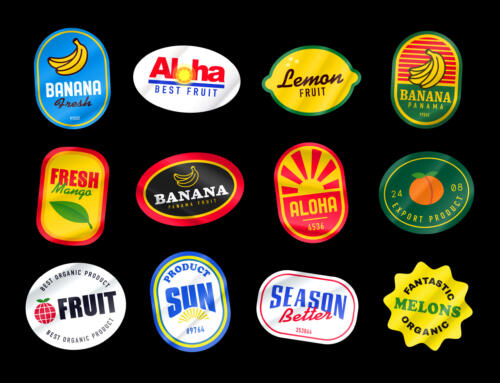Less watering required with good planting media –
In summer, you can virtually watch your plants grow, whether in your home or on the balcony or patio. But the higher the temperatures rise and the intensity of the sunlight increases, the more of a chore it is carrying heavy watering cans around. Might be good for your biceps, but like most people you’d probably prefer to take it easier the hotter it gets. There are some tricks you can use to make things easier.
Choose high-quality potting soil for planting
Minor-quality soil mixes tend to extremes. Either they absorb so much water that there is an acute risk your plants’ roots will rot. Or the soil dries out into a hard block that causes the water to simply drip off, and your plants start to wither no matter how often you water them.
Gütegemeinschaft Substrate für Pflanzen e.V. (GGS) recommends that consumers go for quality and look for the RAL quality mark as a guide when buying potting soil. RAL-certified pottins soils have a stable structure, re-wet easily when dry and also have a pore volume that is favourable to plants. Therefore, they not only store enough water and nutrients, but also allow a sufficient amount of oxygen to reach the plant roots at all times.
In quality-certified potting soils, the pH value is within an optimal range for plants. And, of course, the substrate should not contain any weed seeds or plant-damaging substances. Close quality inspections carried out by independent labs guarantee that the products are highly efficient and provide your plants with optimal growing conditions.
Basic supply plus reservoir
The positive qualities of quality-certified potting soil rely on a sophisticated mix of high-quality constituents and additives. The addition of coir pith, clay, water storage granules or wetting agents, for example, increase the substrate’s water holding capacity, facilitating water absorption by the plants.
Suggestion: For south-facing balconies or extremely thirsty plants it is often recommended that you add water storage granules to your potting soil. But these types of granules are so highly effective that they need to be used with caution, otherwise they might have a counter-effect outside of periods of extreme heat. Containers that have an integrated water reservoir are a good alternative. Once rooted, the plants take up precisely the amount of water they need.
Use large containers wherever possible
However lovely a collection of small pots may look, if you want to save on time and effort, you want to choose large planter and box sizes, because from a plant’s point of view, more potting soil also means more root space and more water available.
The material from which the containers are made also has an impact on how fast the soil dries out. Open-pore materials such as terracotta allow part of the water to evaporate through the container surface. Dark-coloured plastic pots heat up quickly in the sun and also increase the evaporation rate. For this reason, lighter shades of colour are the better choice for south-facing balconies and terraces.
